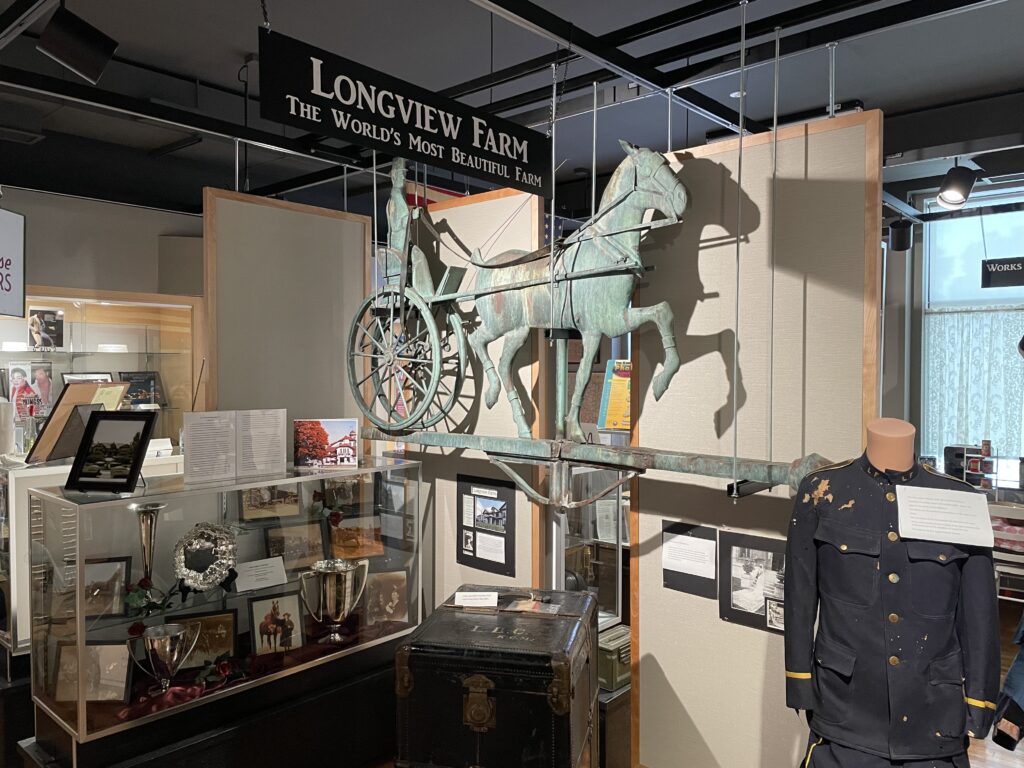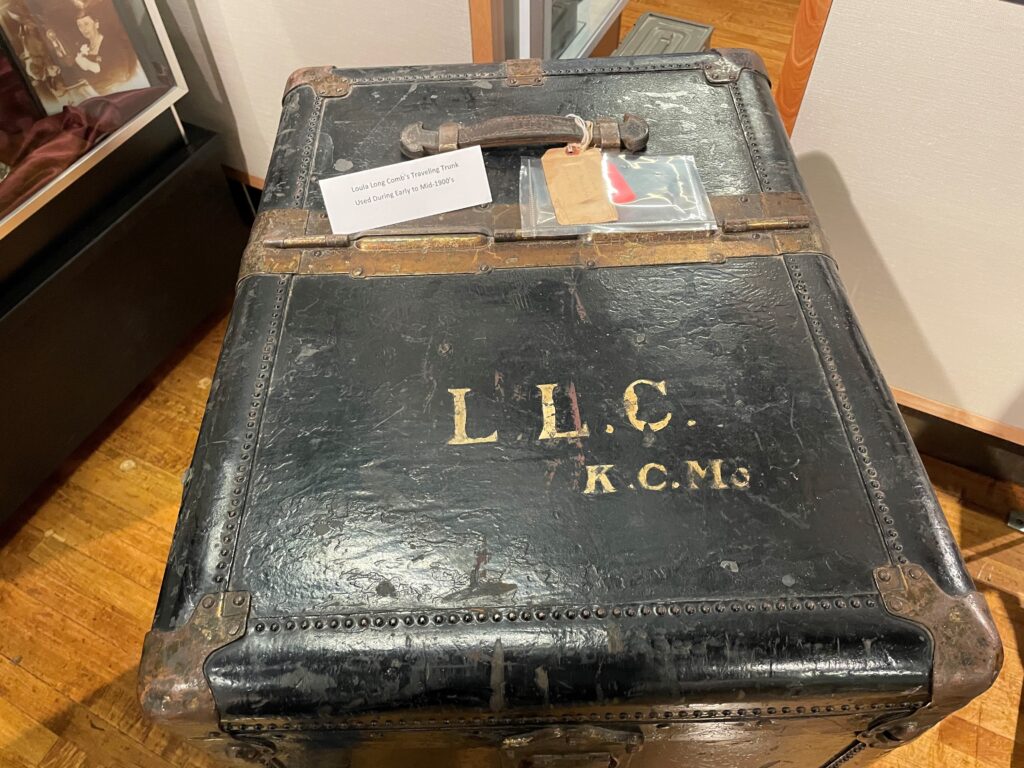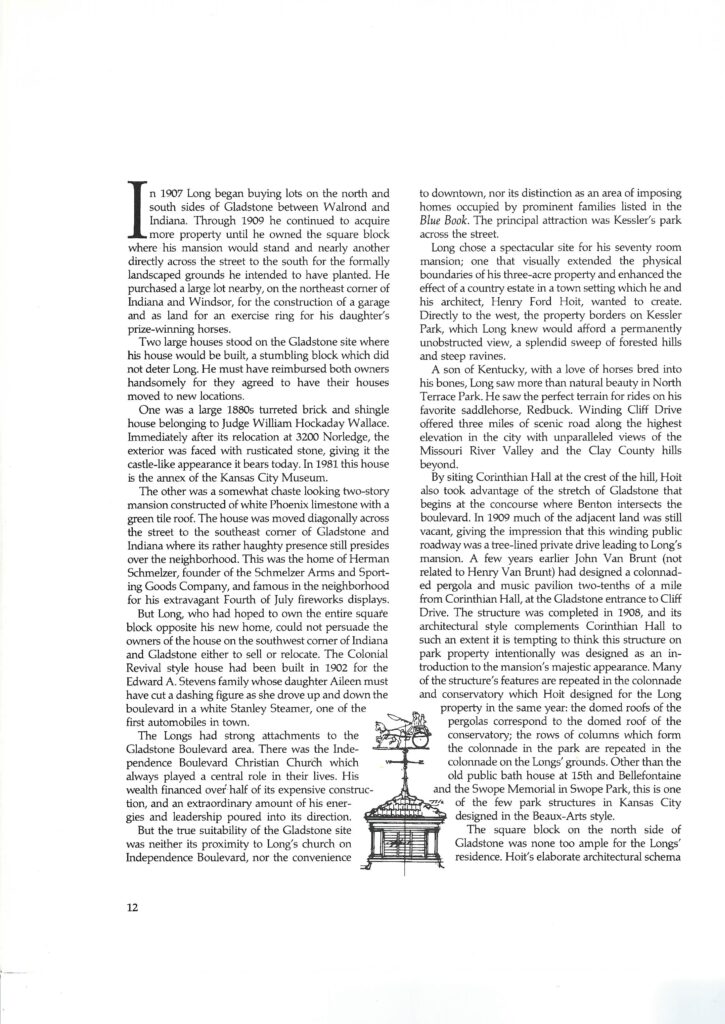
After over 100 years, a weathervane will once again grace the cupola of the Kansas City Museum’s storied carriage house and the design-build will be done by Denver based artist and historian Ed Dwight.
If that name rings a bell, it should. Dwight grew up in Kansas City, Kansas and joined the Air Force in 1953. He completed pilot training and served as a military fighter pilot, and was the first African American to be selected by President John F. Kennedy to be an Experimental Test Pilot in 1961, entering Aerospace Research Pilot School, (ARPS) part of NASA’s Astronaut training program.
Dwight, however, was not selected by NASA to continue Astronaut training and three years after the assassination of President Kennedy, Dwight left the military to pursue life in the private sector, settling in the Denver, Colorado area.
Dwight’s first commission was in 1974, creating a sculpture of Colorado’s first African American Lt. Governor George Brown. In 1976 he was tapped by Colorado’s Centennial Commission to create a series of bronze sculptures entitled Black Frontier in the American West, celebrating the contributions African Americans made in the opening of the American West.
Dwight’s design for the new weathervane will measure roughly 5 feet by 7 feet and incorporate tributes to Loula Long-Combs and Tom Bass, two prominent figures in the early development of the American Royal Horse Show. The new weathervane is the capstone to the larger project of restoring and renovating the historic carriage house, the first structure built on the Long property. Exhibits in the restored facility, slated for completion in 2026 will center on Loula Long Combs and the untold stories of Kansas City’s equestrian history.

Long-Combs was the daughter of Robert A. and Ella Long who built Corinthian Hall, now home to the Kansas City Museum on Gladstone Boulevard in 1910. Bass was born in to slavery in 1859 in Boone County, Missouri and was the first African American to ride in the American Royal Horse Show, one of the three jewels of the triple crown of Saddlebred horse shows.
The original weathervane, as seen in one of his original architectural renderings, measured roughly four feet by six feet and was designed by Architect Henry Hoit, the designer of Corinthian Hall, the Long’s home until 1934 when Mr. Long passed away. It was removed from the carriage house cupola sometime between 1914 and 1917 and taken to Longview Farm where it rested atop the show horse barn and arena for almost a century. In 2003 when developers began to subdivide the 1600 acre Long farm for residential development, the weathervane was removed from the horse barn and put into storage during the barn’s transformation into Longview Farm Elementary School.

In 2018, the weathervane was donated to the Lee’s Summit Historical Society and is currently on display at the Lee’s Summit History Museum in downtown Lee’s Summit, Missouri.
To learn more about the Carriage House Weathervane project at the Kansas City Museum visit https://kansascitymuseum.org. where design progress along with renderings of Dwight’s progress will be updated regularly.

















